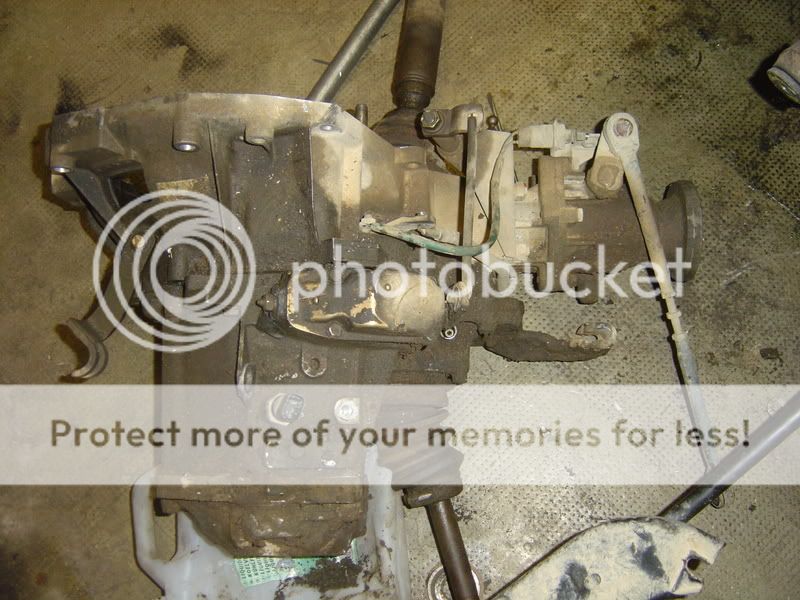I described it on the previous page, but here is a photo of a panda box....

The section on the right is the drive to the rear axle, you can see the lever in the middle for engaging and disengaging the system and a switch to light a warning on the dash when it is engaged.
The complete unit unbolts from the gearbox by 4 bolts. Use a lathe to machine an adaptor so the output end fits to the IRD output flange. You will probably need to make up an end plate where it bolted to the original gearbox to seal it up with an oil seal around the output shaft. You will then need to make up a coupling to fix it to a shortened front propshaft, and some brackets to hold it in place.

The section on the right is the drive to the rear axle, you can see the lever in the middle for engaging and disengaging the system and a switch to light a warning on the dash when it is engaged.
The complete unit unbolts from the gearbox by 4 bolts. Use a lathe to machine an adaptor so the output end fits to the IRD output flange. You will probably need to make up an end plate where it bolted to the original gearbox to seal it up with an oil seal around the output shaft. You will then need to make up a coupling to fix it to a shortened front propshaft, and some brackets to hold it in place.
